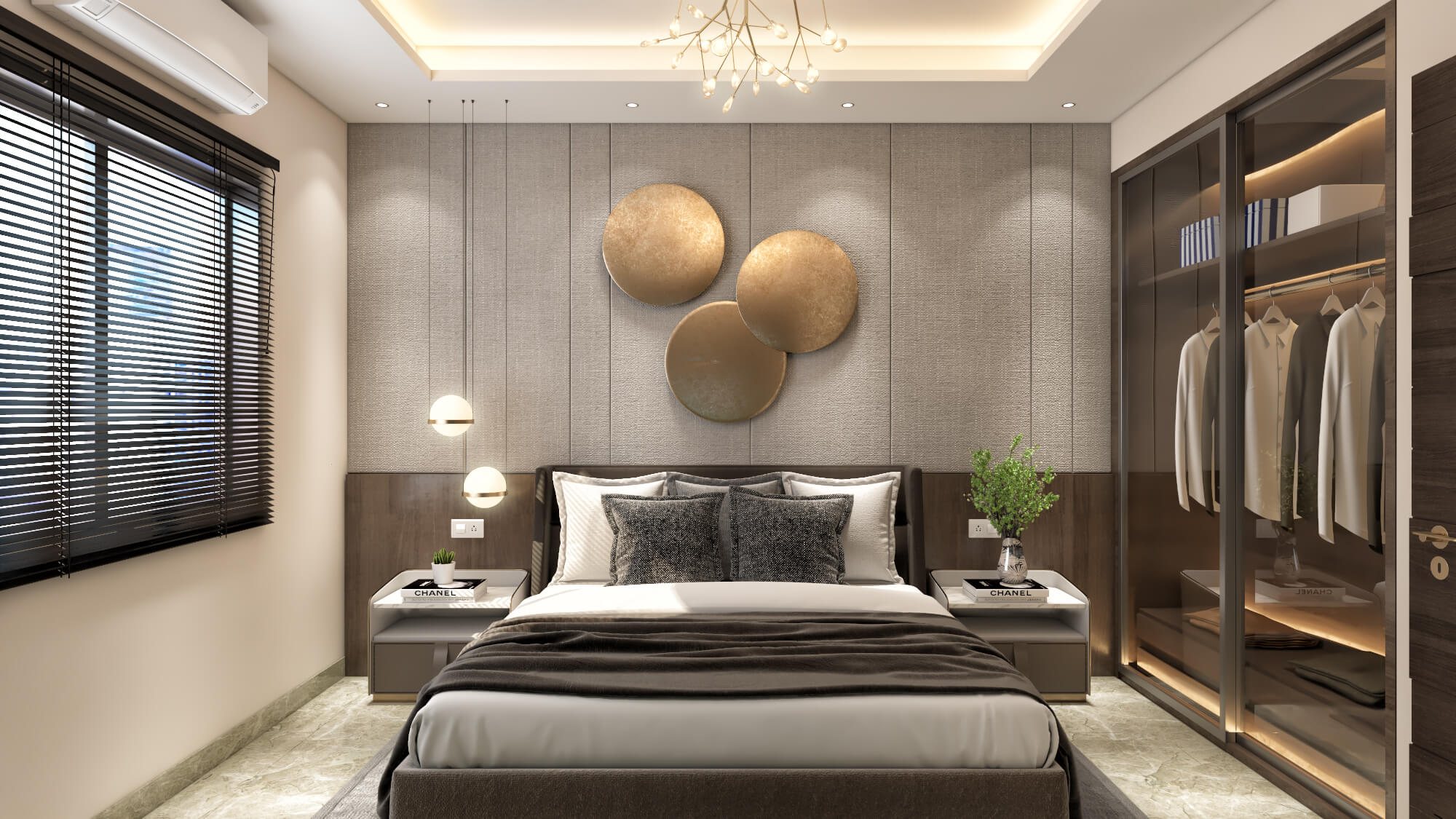There’s a reason why CGI orders from specialized studios to deliver high-quality interior visuals is a popular choice among architects, designers, realtors, and even developers. Skilled 3D artists can visualize designs of any style and degree of complexity in photorealistic quality, whether it is an original design concept for a presentation or a digital property staging for sale.
The norm of more intricate work costing higher does not necessarily mean a first-class interior 3D visualization will cost a fortune. Most design and real estate specialists have no clue about the fantastic CG visuals they can get even on a pretty tight budget. Let’s find out how to approach a 3D rendering project more smartly and lower the cost of interior CGI!
1. Providing a Comprehensive Project Brief
The studio’s client is expected to provide a detailed project brief, including floor plans with furniture layouts, lighting schemes, wall elevations, and style and mood references. Further, he must specify the desired number of views and image resolution and ready 3D models and textures of furnishings.
These initiatives will help the project team get to work immediately, reduce the tasks of them browsing libraries of 3D and shorten the time they need to spend getting clarifications of details of the assignment, which reduces the overall cost 3D artists have an hourly rate.
2. Giving References Smartly
The client should provide specific details on the room’s aspect, be it materials, decor pieces, or atmosphere, that they want to be recreated. Performing little extra steps like adding a link to the particular product brand they want or specific details like textures and lightning options will reduce the number of corrections, hence shortening the time of work and finally paving the path to lowering the overall project cost.
3. Avoiding Rush Projects
The well-known rule for urgent projects applies to interior 3D visualization even if professional 3D artists can deliver high-quality CG visuals within a limited time. Work urgency may call for extra payments for more artists in the same project or overtime working hours. But to avoid the extra pay-outs, clients should avoid urgency and stick to the studio’s standard timeframes to stay within the budget.
4. Picking Available 3D Models from the Studio’s Library
While custom 3D modeling can make interior renderings look genuinely unique, recreating every detail from scratch is unnecessary and is the reason for the added expense. Since 3D modeling is a meticulous process and the project’s cost depends on its complexity, it would be wise to choose items from the studio’s library showcasing thousands of 3D objects and even real furniture and accessories. That’s something to consider if one wants to get top-tier CG visuals on a tight budget.
5. Keeping the Number of Accessories Reasonable
CGI specialists will require to spend more time for every 3D model the client would want in the 3D scene, including the adjustments to the interior, size, lighting settings, adding textures and reflections, etc. And more time would mean affecting the bill and adding up the total expense.
To avoid this situation while on a budget, the client should keep the number of accessories in the interior to a healthy minimum without affecting the overall look of the 3D scene.
6. Getting the Most out of Free Revision Rounds
A 3D visualization project usually comes with several rounds of revision, but there’s a limit to the number of corrections a client can get for free. Therefore, a client should try and sort out all these free rounds to avoid extra fees. The steps to perform this would be to submit a well-structured list with comments on preliminary drafts, using pictures with notes to communicate requests to the studio, and finally, sending hand-written notes and sketches with legible writing and illustrations.
These steps can help a client retrieve a closer visual as per his expectations and more efficiently without paying for an extra round of revisions.
7. Sticking to a Time-Tested Project Workflow
Last but not least, it’s essential to stick to the 3D visualization studio’s standard routine. And make all the significant corrections at the early stages of the process, while it’s possible to do that quickly and within the budget, which otherwise can take extra time to make changes and rack up the cost.
Overall, stick to providing comprehensive studio information and stay involved in the whole process. On top of that, they might cut you slack if you have multiple projects for them or work with them regularly.
At our 3D Rendering Studio, we bring ideas to life through stunning visualizations and animations. Our team of skilled artists and designers use the latest software and technologies to create high-quality 3D renders for a range of industries, including architecture, 3D Interior Rendering, Exterior Rendering, Product Rendering, and more.
From concept development to final delivery, we work closely with our clients to ensure that their vision is fully realized and beautifully presented. Whether you’re looking to showcase a new product or bring your architectural designs to life, we’re here to help you make an impact with stunning 3D visuals.
Check out our work portfolio here;
https://www.nectarrenderingstudio.com/portfolio.html
____
Searching for impeccable 3D rendering Company? Look no further! 🎯
We specialize in turning your visions into awe-inspiring visual masterpieces. Whether you’re an architect, interior designer, real estate professional, or a business owner seeking to showcase your products, our top-tier 3D rendering services are tailored to meet your unique needs.




Great Blog, Thanks 😊
Great Blog, Thanks 😊